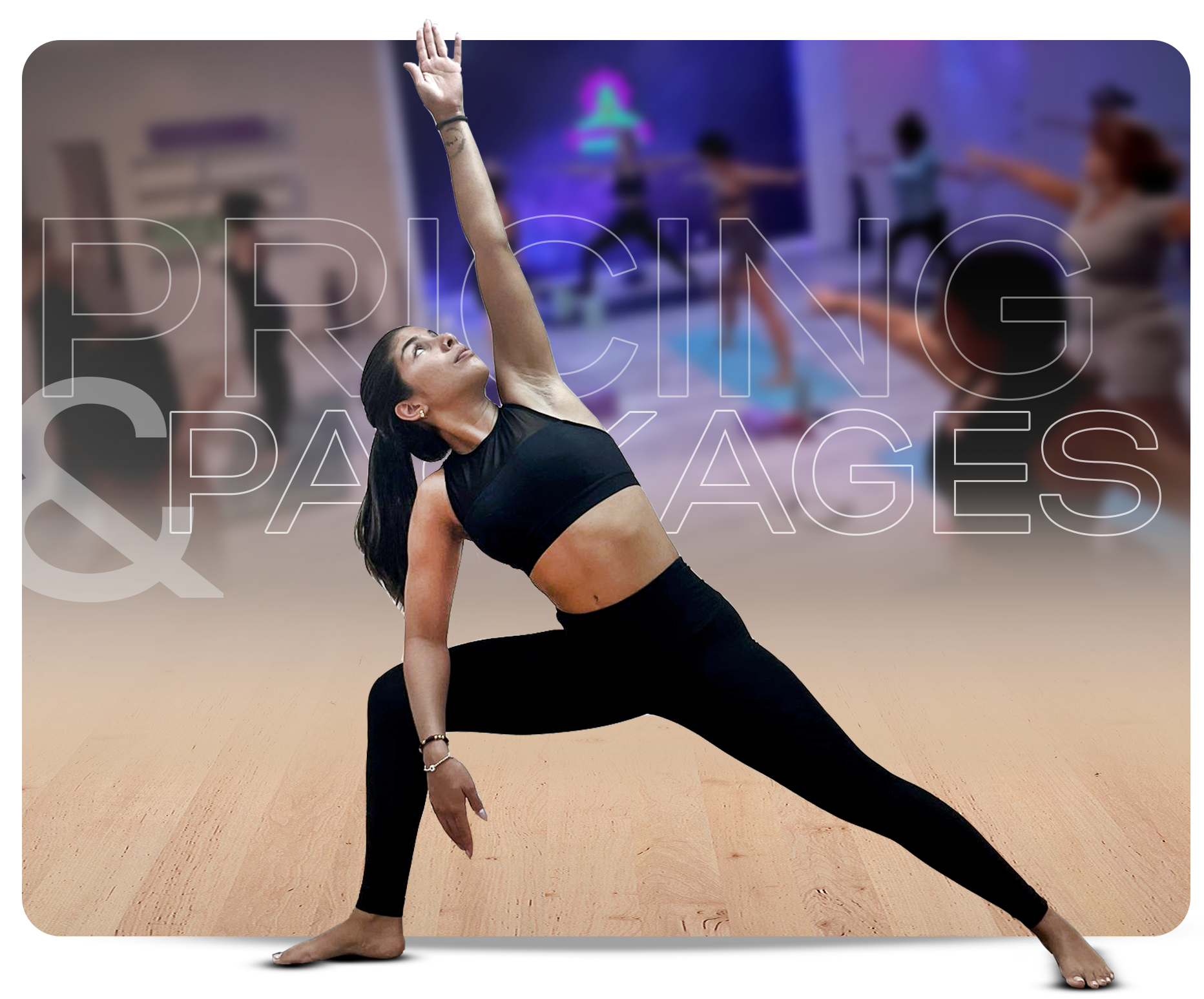WEEK 8.2 (FEB 19-25) – Two Arrows
The Story of – “The Two Arrows”
The Buddhists say that any time we suffer misfortune, two arrows fly our way. The first arrow is the actual bad event, which can, indeed, cause pain. The second arrow is the suffering. That’s actually optional.
The second arrow represents our reaction to the bad event. Being struck by an arrow is painful. Being struck by a second arrow is even more painful.
In the parable of the arrow, sometimes called the second arrow, you picture yourself walking through a forest. Suddenly, you’re hit by an arrow. This causes you great pain. But the archer isn’t done and you can expect a 2nd arrow to come your way. Can you avoid the second one? That’s the arrow of emotional reaction. Dodge the second by consciously choosing mindfulness. It will help you avoid a lot of suffering.
The Buddha explained:
“In life, we can’t always control the first arrow. However, the second arrow is our reaction to the first. The second arrow is optional.”
Avoid the Second Arrow
So, how do you avoid the second arrow? First, notice the first arrow. When you are in emotional pain, allow yourself to feel it. You may notice your arrows in other ways, like frustration, irritation, and emotional or physical pain. Next, become aware and notice your emotional reaction. Maybe it is a desire to yell or complain to someone. Maybe you get angry with yourself and turn your emotions inward, feeling like you aren’t good enough or that there is something wrong with you.
This is the second arrow. Catch yourself adding more pain and suffering. Finally, give yourself credit for recognizing and avoiding the second arrow. You are learning a new response. You can free up energy for circumstances you can control. However, you can also always adjust your reaction, even if you can’t control what happens to you.
We probably find ourselves dealing with the second arrow of suffering many times during the day. The story is not about denying our initial reaction, but instead having a choice of how to proceed. Over time, being aware of this choice, and refraining from shooting endless second arrows at ourselves, can help free us of much unnecessary suffering.
“The storms we navigate are not precursors of our destruction, but passages we must traverse to discover clarity. They test the strength of our anchor, reminding us that within each tempest lies the potential for peace and understanding. Let us embrace the journey, knowing that clarity awaits on the other side of the storm.
In the serene teachings of Buddhism, the metaphor of the ocean serves as a powerful symbol for the depth and potential within us all. Just as the deepest oceans hide the richest treasures, our inner selves harbor qualities of compassion, wisdom, and peace, waiting to be discovered. But to find these treasures, one must be willing to dive deep, moving beyond the surface-level tumult of everyday distractions and emotional turmoil.
This inward journey mirrors the diver’s descent into the ocean’s quiet depths, where silence and stillness offer a clearer vision of what lies beneath. It is in the practice of meditation and mindfulness that we can venture into the depths of our consciousness, uncovering the inner peace and insight that are the true treasures of life. Buddhism teaches us that these profound riches are not external but lie within, requiring us to look inward to find the light of our true nature.
Thus, the path to enlightenment is an invitation to explore our inner world, to dive deep into the ocean of our mind, and to reveal the luminous pearl of wisdom that resides within. It is a journey that promises the discovery of our most precious inner treasures, enriching our lives with their enduring glow.
“In the end, only three things matter: how much you loved, how gently you lived, and how gracefully you let go of things not meant for you.” – Buddha
short version:
“In the heart of life’s storms, we, are like airplanes soaring through clouds,. We must navigate with mindfulness to find the serene blue skies of clarity and peace that await us. Trust in the journey, for beyond the tempest of our minds lies the vast, clear expanse of understanding and calm.”
long version
Imagine an airplane taking off and being immediately met with the challenge of navigating through a dense tapestry of stormy clouds. The once clear horizon is obscured by a tumultuous sea of grey, mirroring the cluttered state of an unsettled mind. Within the cocoon of the aircraft, visibility is reduced to a mere few feet beyond the windows, a metaphor for the limited perspective one often has amidst life’s turbulence. The plane, like the practitioner of mindfulness, continues its steady climb, undeterred by the chaos that surrounds it.
Within the cockpit, the pilot’s calm and focused demeanour serves as a beacon of stability. Each decision is made with mindfulness, each action a deliberate response to the present moment, unaffected by the storm’s fury. This reflects the essence of mindfulness practice: the cultivation of an inner calm, a serene awareness that remains unshaken by the external storms of life. The passengers, entrusting their safety to the pilot, are reminded of the importance of trust — in themselves, in the process, and in the journey of life.
Then, almost as if by a miracle, the airplane pierces through the final layer of clouds, emerging into a realm of boundless blue skies. The sudden clarity and vastness of the open sky represent the mind’s potential for peace and expansiveness when one navigates through the storms of thoughts and emotions with mindfulness. The sunlight, warm and enveloping, bathes everyone inside in a light of awakening, symbolizing the illumination that comes from deep understanding and clarity of mind.
This transition from storm to serenity mirrors the transformative journey of mindfulness. It is a vivid reminder that no matter the severity of the storm, the sky beyond is perpetually clear and serene. The clouds of doubt, fear, and unrest are temporary obstacles on the path to inner peace. Just as the airplane continues its flight, trusting in its ability to reach clearer skies, so too must we keep moving forward on our mindfulness journey, knowing that tranquility and clarity lie just beyond the clouds of our current troubles.
“You are the sky. Everything else – it’s just the weather.” – Pema Chödrön
“The mind is like water. When it’s turbulent, it’s difficult to see. When it’s calm, everything becomes clear.” – Prasad Mahes
“In the midst of movement and chaos, keep stillness inside of you.” – Deepak Chopra


